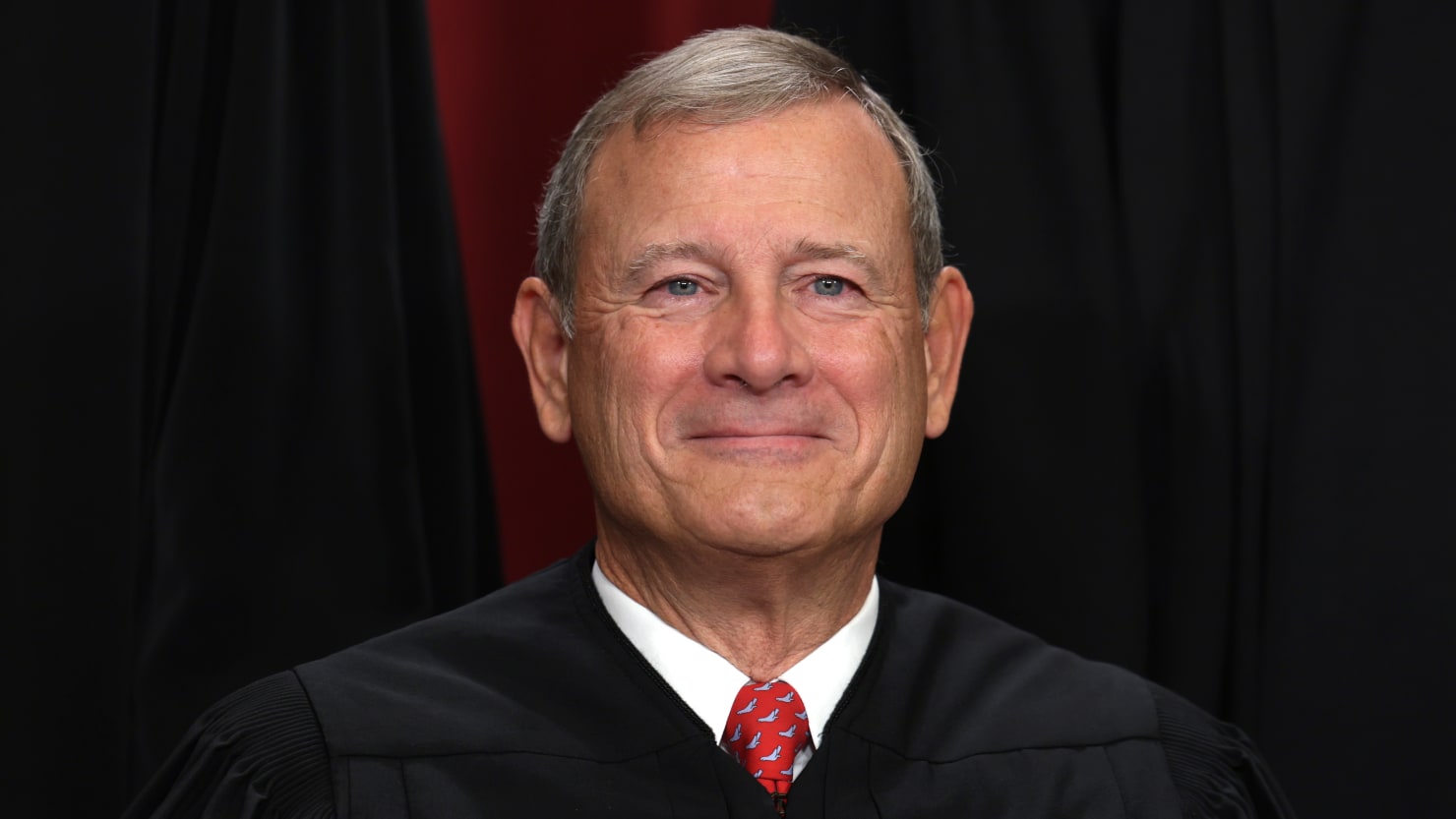Chevron’s Decision-Making Process: Chevron Decision
Chevron decision – Chevron’s decision-making process is a two-step framework that courts use to determine the validity of agency interpretations of statutes. The first step is to determine whether Congress has directly spoken to the precise question at issue. If Congress has not spoken to the precise question, the court must defer to the agency’s interpretation if it is reasonable.
Chevron deference is a form of judicial deference that gives great weight to the interpretations of statutes by the agencies responsible for administering them. This deference is based on the principle that agencies have expertise in their particular areas and are therefore best equipped to interpret the statutes they administer.
Strengths of Chevron Deference, Chevron decision
- Promotes uniformity and consistency in the interpretation and application of statutes.
- Allows agencies to exercise their expertise in interpreting statutes.
- Prevents courts from substituting their own judgment for that of the agency.
Weaknesses of Chevron Deference
- Can lead to agencies having too much power.
- Can prevent courts from correcting agency interpretations that are clearly erroneous.
- Can make it difficult for Congress to change agency interpretations.
The Chevron decision, a landmark case in administrative law, established the principle of judicial deference to agency interpretations of law. However, recent developments have challenged this principle. The chevron deference overturned has raised questions about the appropriate scope of judicial review of agency action.
This shift has significant implications for the balance of power between agencies and courts and will likely lead to increased judicial scrutiny of agency interpretations of law.
The Chevron Decision, a landmark Supreme Court ruling, established the doctrine of deference to agency interpretations of law. This decision, the chevron decision , has had a profound impact on the balance of power between the judiciary and administrative agencies, shaping the way courts review agency actions and the scope of judicial authority in administrative law.
The Chevron decision, a landmark Supreme Court ruling that grants deference to federal agencies’ interpretations of ambiguous statutes, has been a contentious topic in recent years. One of its most vocal critics is Representative Thomas Massie , who has argued that the decision has allowed agencies to overstep their authority.
Massie has introduced legislation to overturn Chevron, arguing that it has led to an unelected bureaucracy wielding too much power. The Chevron decision remains a hotly debated topic, with proponents arguing that it provides necessary deference to agencies with expertise and opponents contending that it has allowed for excessive agency overreach.
The Chevron decision, a landmark Supreme Court ruling, established the doctrine of judicial deference to agency interpretations of law. However, in recent years, the Court has been more willing to overturn Chevron, as evidenced by cases such as overturned chevron.
This shift reflects a growing skepticism of the administrative state and a desire to give courts a greater role in interpreting the law. Nevertheless, the Chevron doctrine remains an important precedent, and it is likely to continue to be cited by agencies and courts alike.
The Chevron decision, established by the Supreme Court in 1984, sets a precedent for judicial deference to agency interpretations of ambiguous statutes. The Chevron decision by the Supreme Court outlines a two-part test for determining the validity of agency interpretations, ensuring a balance between judicial oversight and agency expertise in implementing statutes.
